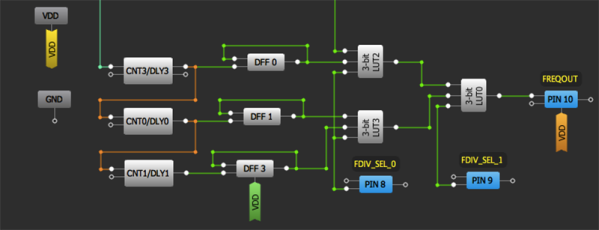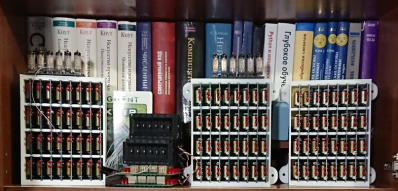SiFive raised $50 Million in funding. SiFive is a semiconductor working on two fronts: they want to democratize silicon prototyping, and they’re the people making the HiFive series of microcontrollers and SoCs. The HiFives are built on the RISC-V instruction set, a Big-O Open instruction set for everything from tiny microcontrollers to server CPUs. With RISC-V, you’re not tied to licensing from ARM or their ilk. Recently SiFive introduced an SoC capable of running Linux, and the HiFive 1 is a very fast, very capable microcontroller that’s making inroads with Nvidia and Western Digital. The new round of funding is great news for anyone who wants Open Source hardware, and the silicon prototyping aspect of it is exceptionally interesting. Great news for SiFive.
Guess what’s in just a few weekends? The Vintage Computer Festival Southeast. The VCFSE is Hotlanta’s own vintage computer festival, with a whole host of speakers, exhibits, and consignment to tickle those vintage dopamine receptors. On deck for the speakers is [Michael Tomczyk], one of the people responsible for the VIC-20, and [Scott Adams], no the other [Scott Adams], creator of adventure-style games for personal computers but not that adventure-style game. The exhibits will include Japanese retro computers, simulating an ENIAC and a mechanical keyboard meetup. If you’re around Georgia, this is an event worth attending.
Conference season is just around the corner, and you know what that means. It’s time to start ramping up for #badgelife. What is badgelife? It’s a hardware demoscene of electronic conference badges. This year, the badgelife scene has stumbled upon something everyone can get in on. Add-ons! They’re electronic hats (or shields, or capes) for all the badges. Physically, it’s a 2×2 pin header. Electronically, it’s power, ground and I2C. Want to prototype your own add-on? Good news, there’s a development board.
The Titius-Bode law states the semi-major axes of planets follow a geometric progression. The (simplified, incorrect) demonstration of this law states Mercury orbits at 0.25 AU, Venus at 0.5 AU, Earth at 1 AU, Mars at 2 AU, and continues to the outer planets. The Titius-Bode law is heavily discredited in the planetary science community, and any paper, talk, or manuscript is rejected by scientific editors out of hand. The Titius-Bode law is the planetary science equivalent of flat Earth conspiracy theories and Nazi moon bases; giving any consideration to the idea confirms you’re a moron. This week, some consulting firm posted something that is the Titius-Bode law on their blog. Why? So it could be submitted to Hacker News for that sweet SEO. This submission was upvoted to the top position, and is a wonderful springboard to argue an interesting point on media literacy. I posit the rise of news aggregators (facebook, twitter, digg, reddit, and HN), is the driving force behind ‘fake news’ as lay people become the gatekeepers. Prove me wrong.
The Department of Homeland Security has confirmed there are cell-site simulators (Stingrays, IMSI-catchers, or otherwise known as your own private cell phone base station) around Washington DC. It’s unknown who is operating these simulators, or even where they are. There are two things to read between the lines with this information: Duh, there are rogue Stingrays in DC. Holy crap duh. I bet there are also some around midtown Manhattan. You can buy the stuff to do this on eBay. Personally, I’ve found half a dozen Stingrays or other rogue cell stations this year (guess where?). Second, why is this a news item now? Is this a signal that the DHS will start clamping down on stuff you can buy on eBay? Hop to it, people; cellular hardware is a great way to make a liquid nitrogen generator.





















